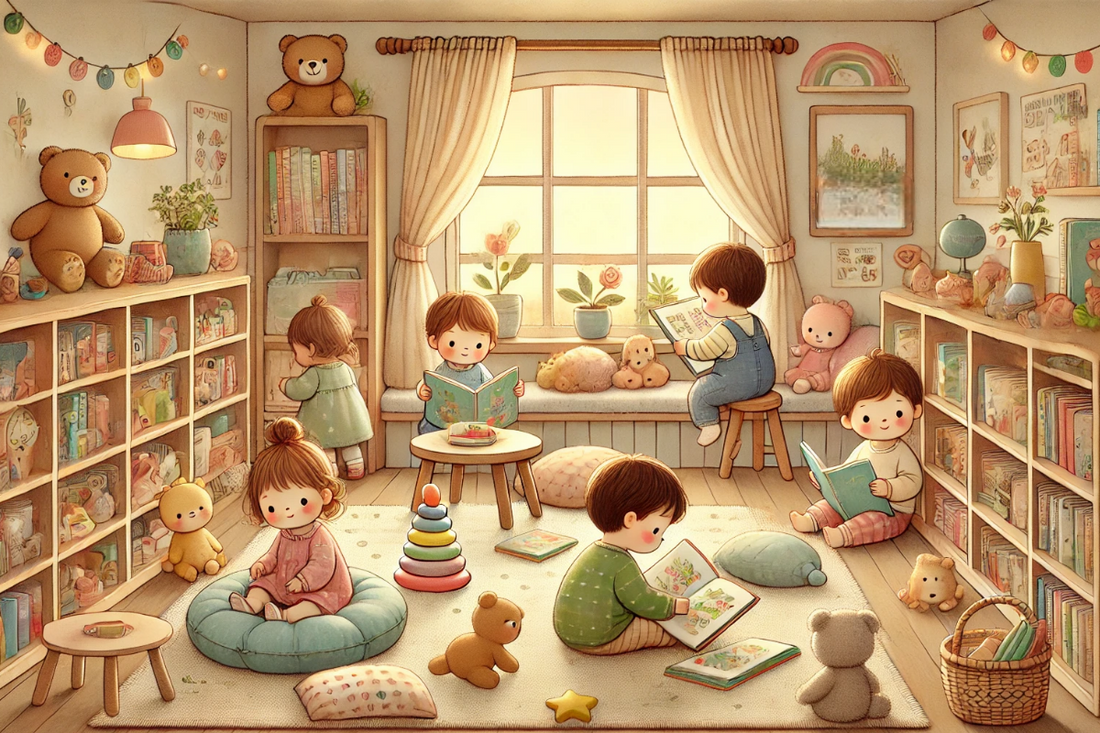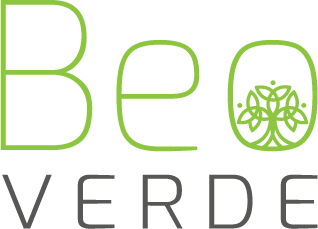
Toddler Books for 3 Year Olds | Read & Grow
✨ Stories That Support Growth & Play: Why Toddler Books for 3 Year Olds Matter
Hi, I’m Catriona — I’m an early years educator with over a decade of experience working with young children and families, and I also contribute regularly here at BeoVERDE. As both a mum and a teacher, I’ve spent countless hours reading with toddlers — in playgroups, classrooms, and curled up on the sofa at home. I know just how powerful toddler books for 3 year olds can be.
At this age, children are full of questions, feelings, and fizzing imagination — but they’re also navigating big developmental leaps. Books become more than just stories; they’re tools for expression, learning, and connection.
So Many Books, But Which Ones Truly Help?
If you’ve ever typed “toddler books for 3 year olds” into Google, you’ll know how overwhelming the options can be. Board books, picture books, pop-ups, sound books — all shouting for attention. But not all toddler books are created equal. You want stories that actually support your little one’s growth, not just fill a bookshelf.
At three, toddlers are in a golden window of development. Their vocabularies are exploding. They’re starting to recognise feelings, practise independence, and make sense of their world. But here’s the thing — they can’t always tell you what they need, and they often don’t sit still for long. That makes finding the right books more important than ever.
Parents often ask me, “What are the best story books for 3 year olds?” And honestly, it depends — not just on the book, but on your child. Are they all about animals? Do they giggle at silly voices? Are they needing a bit of help navigating big emotions or learning about friendships? The challenge is in choosing books that meet them where they are.
The Wrong Books Can Miss the Mark
Let’s be honest — some books marketed for toddlers look lovely but fall flat. The story might be too wordy. The pictures too chaotic. Or they lack the rhythm, rhyme, and repetition that really captures a toddler’s attention. And worse still, they don’t reflect the kind of life your child is experiencing — things like feeling nervous about a new friend, being told “no”, or celebrating small wins like putting on their own shoes.
I’ve worked with many children whose reading experiences were hit-or-miss because the books weren’t developmentally appropriate. A 3-year-old might adore a lift-the-flap story about a lost teddy, but struggle to follow a longer narrative without interactive prompts. This is where understanding child development and early years literacy becomes crucial.
Books should support a 3-year-old’s whole self — emotionally, physically, socially. They should build vocabulary through rhythm and rhyme, support emotional intelligence, and offer gentle opportunities for independence, empathy, and exploration.
That’s why interactive books for 3 year olds with flaps, textures, and silly sound effects are often more than just fun — they’re an outlet for practising focus, memory, and early communication. As toddlers begin to develop longer attention spans and stronger preferences, they’re also refining their sense of humour and storytelling. They want to take part in the story. And a great book gives them that chance — whether it’s joining in a repeated phrase, pointing out familiar animals, or even finishing a sentence before you do.
When books fall short on these fronts, you can see it. Storytime becomes a bit of a battle. Your toddler’s wriggling, the book’s abandoned halfway through, and you’re left wondering, “Was it too old? Too babyish? Too boring?” I always tell parents — it’s not your fault, and it’s not your child’s either. It’s simply a mismatch between book and stage.
Choosing Books That Meet Toddlers Where They Are
So how do you choose the best toddler books to support early learning and growth? The good news is that a well-chosen book can make all the difference — and I’ve spent years learning what works best.
Look for engaging books for 3 year olds that are interactive, with flaps to lift or textures to touch. Rhyming texts are golden at this age — the rhythm helps with speech development and prediction skills. Repetition is another secret weapon. The best toddler books often use familiar phrases your child can eventually “read” aloud with you, building confidence and memory.
From a child development perspective, stories that reflect their world — daily routines, emotions, friendships — help toddlers build emotional vocabulary and social awareness. Books with gentle problem-solving, like sharing or saying sorry, teach life skills without being preachy.
Books that support communication skills often feature simple dialogue or repeating questions, giving toddlers a model for turn-taking and conversation. I love asking open-ended questions while reading — “What do you think will happen next?” or “How does she feel now?” It’s incredible how much language blossoms in those moments.
As toddlers begin to explore independence, books can give them space to imagine and process new experiences. Whether it’s going to nursery, playing with others, or trying something new, stories can offer reassurance and spark meaningful conversations.
And let’s not forget the role of play. Books that invite movement, sound, or silly voices not only hold a 3-year-old’s attention — they let them play through storytelling. At this age, play and learning are the same thing. A well-loved book becomes part of their day, their world, their way of understanding everything from bedtime to big feelings.
In the next section, I’ll share a handpicked list of top toddler books for 3 year olds that support all of this beautifully — from language and social-emotional development to confidence, curiosity, and connection.
📚 Top Toddler Books for 3 Year Olds
Each of these six books has been carefully chosen to support early language development, emotional expression, imaginative play, and social confidence in 3-year-olds. They’re engaging, age-appropriate, and built to be enjoyed again and again — whether at bedtime, snack time, or snuggled up together on the sofa.
Keep Up, Duck!
Recommended age: 3 to 7 years
This sweet and silly story follows a duck who’s just a bit behind the rest — something many toddlers can relate to. With rhythmic text and expressive illustrations, it's brilliant for supporting story prediction and memory skills.
Let's Play Rugby!
Recommended age: 3 to 8 years
Full of energy and inclusive illustrations, this book celebrates team spirit, movement, and turn-taking. Perfect for toddlers who learn best through physical play and stories that mirror their own real-world adventures.
Oak, the Littlest Leaf Girl
Recommended age: 3 to 7 years
This poetic, beautifully illustrated tale follows Oak as she navigates her place in the forest. A gentle way to explore emotions, change, and connection to nature — ideal for sparking imagination and calm conversation.
A Day in Fluffyville: A Look-And-Find-Book
Recommended age: 3 to 7 years
With charming seek-and-find scenes, this book is perfect for encouraging focus and visual storytelling. Toddlers will love spotting details while building language and observation skills through playful reading.
Small Person's Guide to Grandmas
Recommended age: 3 to 6 years
This joyful, affectionate book celebrates all the little moments shared with grandmas. A lovely way to explore relationships and spark storytelling about family and connection — perfect for building emotional vocabulary.
I’m Not Scared – A Big Hedgehog and Little Hedgehog Adventure
Recommended age: 3 to 7 years
Follow Big Hedgehog and Little Hedgehog through a gentle tale about facing fears and offering comfort. This reassuring bedtime story beautifully mirrors the emotional ups and downs of toddler life with heart and humour.
💡 Get Active: Extend the Story Beyond the Book
Books are brilliant starting points — but the magic really happens when stories come to life in everyday play. Here are a few easy, joyful ways to build on what you’ve read together:
- 🦆 Act it out: After reading, encourage your toddler to act out a scene from the book — waddling like Duck, stomping like a dinosaur, or pretending to be Meep.
- 🎨 Make a friendship collage: Cut and stick photos or drawings of friends, family, and pets to talk about the people who make your child feel safe and happy.
- 💧 Feelings jars: Use coloured paper or water beads in jars to help toddlers talk about big feelings — “blue” for calm, “red” for frustrated, “yellow” for excited.
- 🌳 Outdoor obstacle course: Inspired by Let's Play Rugby? Set up a mini run-jump-roll path in the garden or living room to burn off energy and practise taking turns.
- 🧘 Mindful dinosaur moments: Try one calming breath or gentle stretch together from the Mindful Dinosaurs cards during transition times like getting dressed or winding down for bed.
Every book you read opens up a world of play, creativity, and connection. Keep following your child’s lead — and enjoy the ride!
